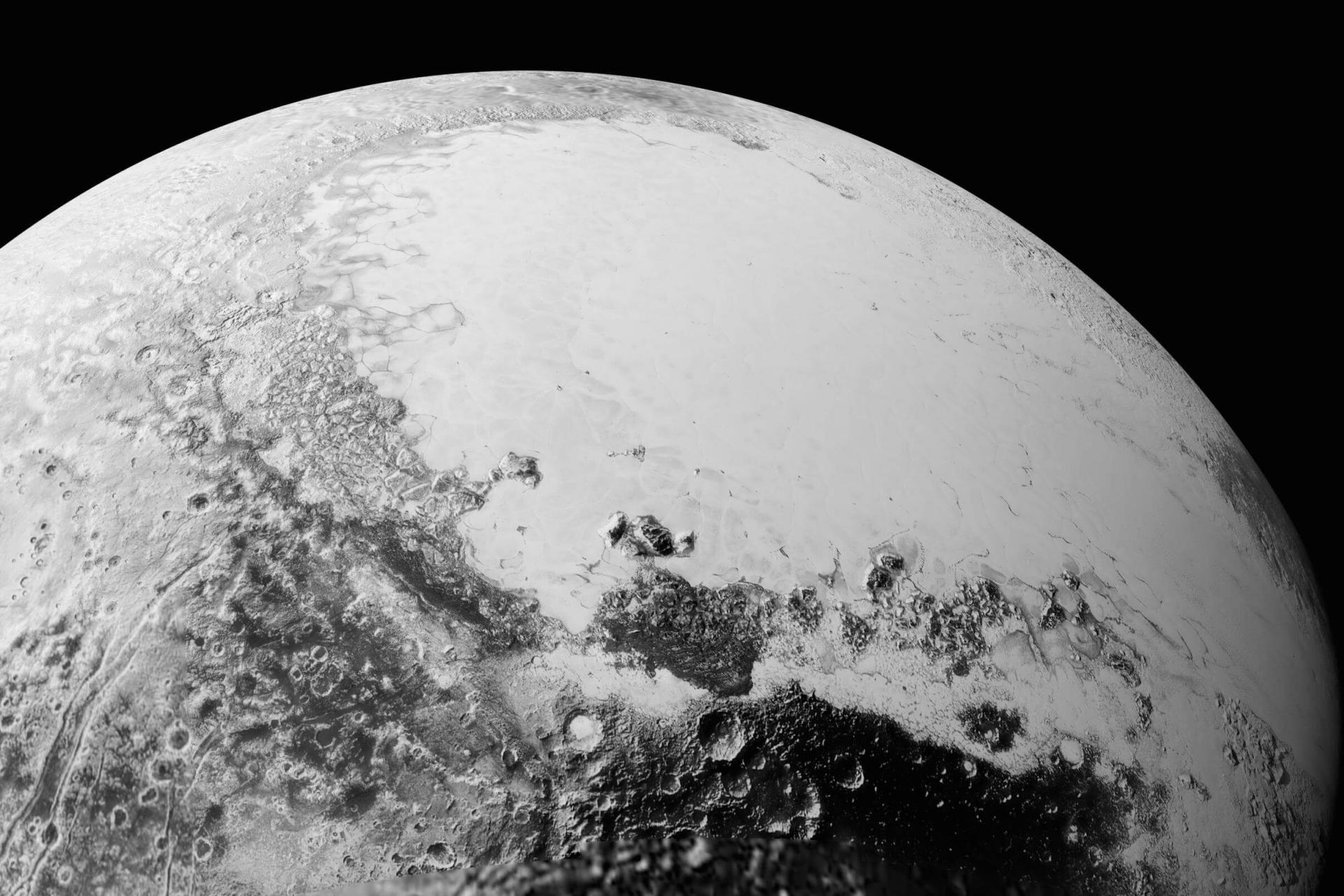Solving the Unsolvable
How do you fly close enough to the Sun to study the source of its influence on the solar system? It's a question that scientists first began considering 60 years ago — and it's the kind of question the Johns Hopkins Applied Physics Laboratory is built to answer.
It wasn't easy. But, as with so many difficult challenges brought to APL, our team of scientists worked in close collaboration with our expert engineering team to find a solution. Now, Parker Solar Probe is coming closer to our Sun than any other human-made object ever has.
How did we do it? The same way we reach all of our goals. We start with unrelenting curiosity and then apply the industry-leading expertise and cross-disciplinary teamwork necessary to innovate creative solutions for tough problems — and fuel previously unimaginable results. Learn what our scientists can do, and how they’ve advanced human understanding.

Areas of Expertise
The Johns Hopkins University Applied Physics Lab focuses on a number of sciences essential to our understanding of the Sun, Earth, our solar system and beyond. Specifically, we concentrate on planetary sciences and heliophysics, applying significant expertise in geospace dynamics, astrophysics, habitable worlds and the formation of planets, comets and even life itself.
Planetary Sciences: The study of planets, moons and planetary systems, planetary science helps us understand how planets formed, what they’re made of and how they interrelate. APL has expanded our knowledge of this field through a number of groundbreaking missions and discoveries. These include:
- MESSENGER, which provided the first global map of the geology and composition of the innermost planet.
- New Horizons, which provided the first close look at the Pluto system and Arrokoth, a Kuiper Belt object.
- The CRISM instrument, which detected chemical evidence of water on Mars.
- NEAR, which was the first mission to orbit and land on an asteroid and established NASA's low-cost planetary mission program.
Heliophysics: The science of the Sun and its physical effect on our solar system, heliophysics reveals the true importance — and power — of the star at the center of our solar system. APL’s work in heliophysics includes:
- Voyager I low-energy charged-particle instrument that detected the boundary of the solar system, which is known as the heliopause.
- TIMED, a mission that’s spent 20 years studying the influences of the Sun and humans on the least explored and understood region of Earth's atmosphere.
- Parker Solar Probe, which is currently making 24 passes through never-before-explored parts of the Sun’s atmosphere, the corona.

Science Snapshots
Check out these snapshots of their innovative work, which are helping to inform policymakers, cut the costs of exploration and push the boundaries of space and planetary science.
Data Tools
Understanding the universe requires assembling raw data into meaningful charts, maps and more. To help our scientists — and other scientists and everyday people from all over the world — interpret the data returned by instruments both close to and far from Earth, APL develops tools capable of representing data in innovative ways.
The data tools developed by APL include a range of highly regarded software programs and applications, not the least of which is the Small Body Mapping Tool (SBMT). Rated by Oracle as one of the five greatest Java apps ever written, SBMT takes data supplied by spacecraft and renders 3D visualizations. The visualizations allow scientists to see the surfaces of irregular bodies like asteroids, comets and small moons.


